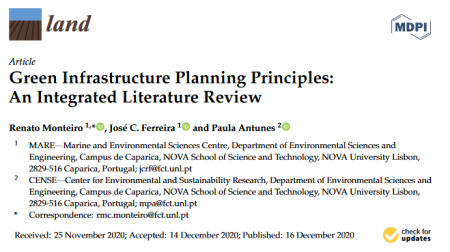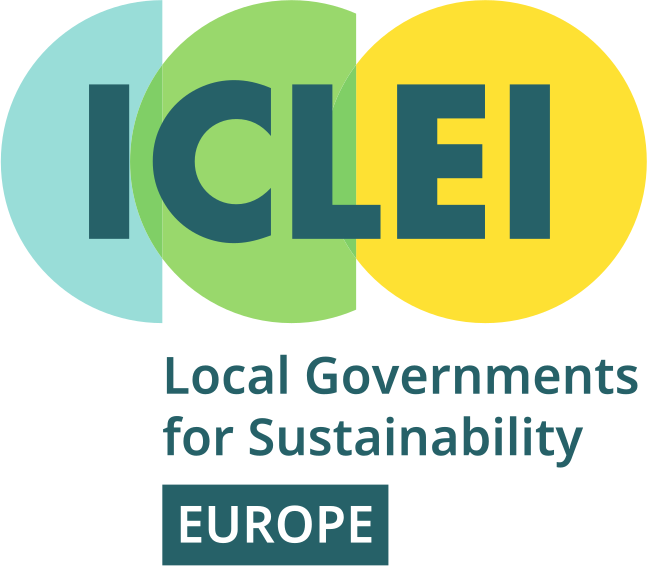Image:

Author/Contact:
Renato Monteiro, JoséC. Ferreira and Paula Antunes
Publication date:
Resource description:
Green infrastructure is a strategically planned network of natural and semi-natural areas, including green and blue spaces and other ecosystems, designed and managed to deliver a wide range of ecosystem services at various scales. Apart from the ecological functions, green infrastructure, as a planning tool, contributes to social and economic benefits, leading to the achievement of sustainable, resilient, inclusive and competitive urban areas. Despite recent developments, there is still no consensus among researchers and practitioners regarding the concept of green infrastructure as well as its implementation approaches, which makes it often difficult for urban planners and other professionals in the field to develop a robust green infrastructure in some parts of the world. To address this issue, an integrative literature review was conducted to identify which green infrastructure planning principles should be acknowledged in spatial planning practices to promote sustainability and resilience. As a result of this literature review, the most common eight green infrastructure planning principles were selected—connectivity, multifunctionality, applicability, integration, diversity, multiscale, governance, and continuity. These principles intend to promote and simplify the development and use of green infrastructure by different academic and implementation organizations and provide a more defined model for sustainable landscape management in order to help practitioners and decision makers during the conceptualization and planning of green infrastructure.
Licence:
- Free, no licence
Resource link:











